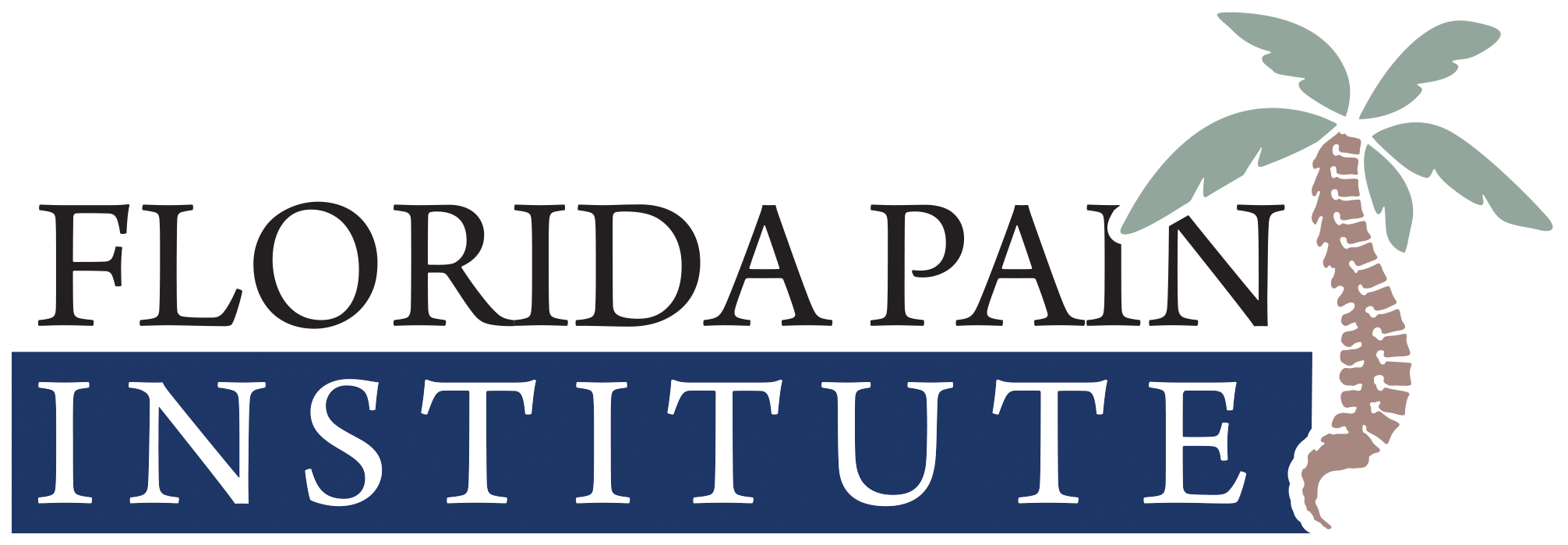The spinal column contains open spaces that create passageways for the spinal cord and the spinal nerves. Spinal stenosis is a narrowing of (or an intrusion into) these openings. This can cause a compression of the nerves. Spinal stenosis most commonly affects the cervical and lumbar regions of the spine.
Description
 Spinal stenosis is a condition in which a canal or several canals in the spine become narrower and put pressure on the spinal cord or nerves. This occurs due to structural abnormalities in the spine that can be inherited, or related to age, injury, or disease.
Spinal stenosis is a condition in which a canal or several canals in the spine become narrower and put pressure on the spinal cord or nerves. This occurs due to structural abnormalities in the spine that can be inherited, or related to age, injury, or disease.
Symptoms
Spinal stenosis has varied symptoms, depending on what are of the spine has narrowed. If the narrowing occurs in the lower part of the spine, an individual may have pain, weakness, or numbness in the legs. Nerve compression in the lower spine may cause sciatica. The most severe symptoms, which occur in cauda equina syndrome, include loss of bowel or bladder control, loss of sexual function, and/or loss of feeling in one or both legs. If the narrowing is in the upper part of the spine, an individual may have pain, weakness, or numbness in the shoulders or arms.
Diagnosis/Tests
Your doctor will carry out a physical exam to check your function, muscle strength, range of motion, and movements that cause pain. Your doctor may order an X-ray, MRI, or CAT scan to try to visualize whether you have spinal stenosis and where it is occurring. Your doctor may also order specialized tests such as a myelogram or bone scan for more information about your condition.
Causes
- Some inherited conditions such as scoliosis, achondroplasia, or an abnormally small spinal canal may cause spinal stenosis.
- Age-related changes in the tissues of the spine can cause bone spurs or herniated disks, which may narrow the spaces in the spine and put pressure on the spinal cord or nerves.
- Injury of the spine
- Tumors of the spine
Treatment options & care
- Medication
- Physical Therapy
- Epidural Injections
- Nerve Blocks
